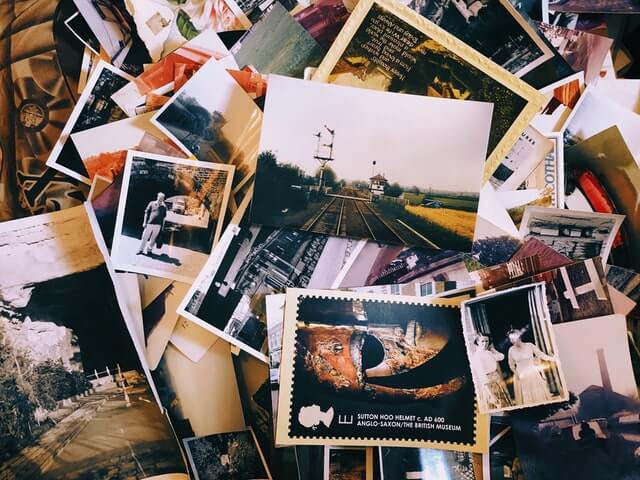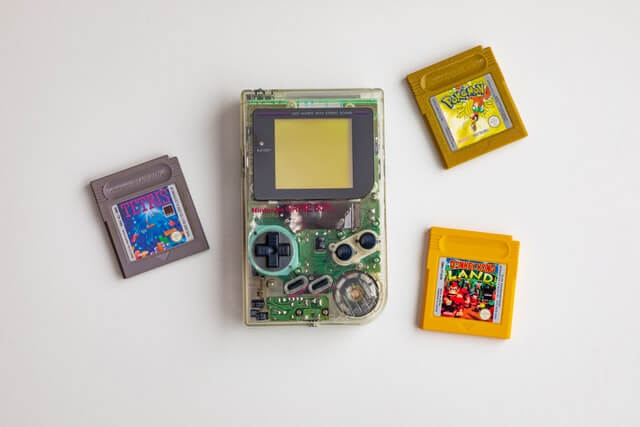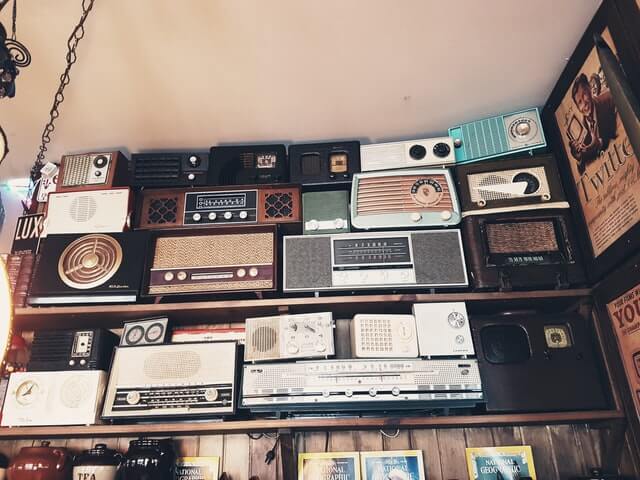
For decades, the element of nostalgia has enhanced the emotional components of design. Successful trends like #ThrowbackThursday are a perfect example of our ongoing relationship with the past—we tend to perceive it through a lens of wistfulness and deep emotional connection.
Memories of being young tend to be associated with sentimentality, romanticism, and a longing for old times to be re-lived.
This association is a powerful resource that designers, digital marketers, and content producers of all kinds can tap into. It’s ideal for developing stronger bonds with their audience and producing work that is more compelling to their target market.
What Does Nostalgia Mean?

In the 18th and 19th century, nostalgia was seen as an ailment in need of cure. Since then, we have moved past this school of thought and determined that nostalgia is the reminiscing of or homesickness for moments, periods, or events of the past.
The word “nostalgia” comes from the Greek words nostos (to return) and algos (pain). There is pain in returning to the past, but it’s a pain we enjoy putting ourselves through. The past is a place we can never physically return to, and that inability exacerbates our desire to do so.
In a nutshell, we want what we cannot have.
Most people are lucky enough to have positive childhood memories that seem worlds away from their current position in life. The stress of “adulting” 24/7, racing to meet deadlines and never getting time to just be.
Reminiscing about the past gives us a hit of that delicious feeling of being right back where we were as children. Curled up on mum’s lap, playing at the seaside, or dancing to music playing on your Walkman.
People have a predisposition for romanticizing the past. We want it to be a place of fond childhood memories and experiences because they feed us on an emotional and psychological level.
Even though the past isn’t perfect, our minds will convince us it was, if it makes us feel good.
What Makes Nostalgia So Powerful?

Interestingly enough, what makes nostalgia so powerful isn’t just about feeling good, it’s also about feeling kind of bad. The algos, or painful component of nostalgia, forms a big part of why we are so addicted to it.
Nostalgia invokes deep longing for prior memories and experiences, causing a strange sadness that is simultaneously fulfilling and heart-wrenching. Neurologists and psychologists tell us that our neurological reward system is closely linked to nostalgia, or events of the past.
Things like a fragrance, a texture, a song or film that we were once familiar with can trigger blood flow and metabolic activity in the ventral tegmental area (VTA), or “reward system” of the brain.
This is why you might feel a pang of homesickness when eating a meal your family once prepared, or listening to a song that played at your high-school dance may bring back a wave of unexpected emotion. Even the things from our past that we considered unremarkable or even dull at the time can trigger an emotional response later on in life.
Whichever way you spin it, nostalgia is known to trigger compelling emotional reactions. If you can find a way to utilise them as a means for connecting with your audience, you have struck marketing gold.
Using Nostalgia as a Tool for Design Success

There are countless examples of using nostalgia to improve design communication. The powerful way that nostalgia affects us can lead to more engagement and better sales.
Let’s look at some familiar examples of how digital companies from around the world have used nostalgia to boost their business:
Facebook—This heavily saturated social media platform introduced a “On this day” feature for all active accounts. It presents users with photographs, videos, or status updates that were created one (or several) years prior to the date. It has become extremely popular, with millions of users choosing to repost the feature once they’ve seen it.
Spotify—This highly popular music streaming app recently added a “Year in review” or “2020 Wrapped” feature. It gives users a colourful infographic detailing their top listened-to songs, top listened-to artists, and top listened-to genre over the past year. It also states exactly how many minutes you spent listening to music on the app.
Instagram—This globally massive social media platform made #ThrowbackThursday a hit recurrence on their site, with over 54.1 million uploads (and counting) containing the hashtag.
It’s not just apps and online platforms that use nostalgia as a marketing tactic. 80s and 90s trends have made huge comebacks in various different ways over the past decade. This reinforces the notion that there’s high demand for products, music, films, art. and games that take us back to the past.
How To Incorporate Nostalgia Into Your Designs
Submerging yourself into the world of nostalgia-fuelled marketing and design strategies can feel a little overwhelming.
As a starting point, the below tips offer excellent inspiration:
Reinvent memories from childhood—Everyone’s childhood contains a wealth of powerful memories and emotions. Use your own memories to relate to your target market and create designs that emulate the things you miss most. Everything from old fonts to vintage styles or sepia filters hark back to people’ childhoods and offer an instant emotive connection.
“Simpler times”—Many people look back on days from the past as simpler, more wholesome times. Draw on the sentimental value people have for bygone eras by incorporating them into your designs. Whether this is done by alluding to a bygone era or using an older design style, evoking the feeling of the good old days is key.
Then vs. Now contrasts—Everybody loves a good throwback. Siding people, images, designs or products in their earlier days with their present state can make very evocative and engaging designs.
Emotions can also play a big part when you’re feeling nostalgic. With the right thought provoking music, like sad nostalgic songs, it can strike the exact feeling you’re trying to portray to your audience. Just make sure you properly license the music or you may run into issues down the line.
The wonderful thing about nostalgia is that you probably already understand a lot about the way it works. Nobody is immune to the profundity that past memories can have on the present.
Digging into your memories and romantic yearnings will allow you not only to better understand yourself, but it will also allow for deeper, more meaningful impact through your design work.
After all, if it’s worked for Nintendo, Coca Cola, Kodak and even Adobe, it can work for you!